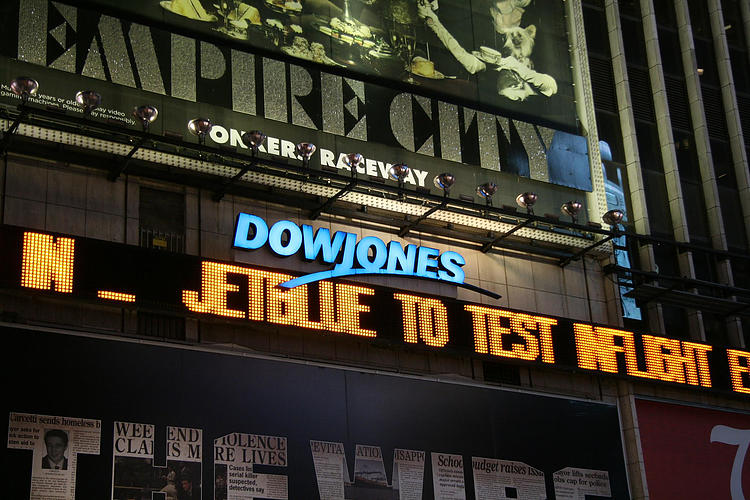The Dow Jones Industrial Average (DJIA) faced a significant drop of over 300 points on Tuesday as geopolitical tensions and disappointing US industrial figures weighed on the market. The US ISM Manufacturing Purchasing Managers Index (PMI) remained stagnant at 47.2, missing the expected uptick to 47.5 for September. Additionally, Israel’s military strikes on alleged Hamas targets in Lebanon have escalated tensions in the Middle East, with threats of retaliation from Iran.
Despite an increase in JOLTS Job Openings in August, the ISM Manufacturing Employment Index for September fell to 43.9, indicating that the increase in listed job openings may not directly translate to new hires. Investor focus has shifted to the Middle East geopolitical tensions, with reports of Iran launching a missile barrage in response to Israel’s actions in Lebanon. The US has vowed to support Israel, leading to concerns of a rapid escalation in the conflict.
In terms of individual stocks, Chevron (CVX) has seen gains after announcing it would not be making heavy investments in LNG refineries in the US. On the other hand, Intel (INTC) has plummeted following rumors of a potential merger with Qualcomm (QCOM), as regulators are unlikely to allow a company to dominate the chipmaking industry. The Dow Jones index is testing the 42,000 handle, struggling to recover balance despite recent all-time highs.
The Institute for Supply Management (ISM) Manufacturing Employment Index is a crucial indicator of business conditions in the US manufacturing sector, including expectations for production, new orders, inventories, employment, and deliveries. It reflects business sentiment on labor market conditions and serves as a leading indicator for Non-Farm Payrolls. A high reading is positive for the USD, while a low reading is negative, impacting overall economic conditions in the US.
In conclusion, the Dow Jones continues to face challenges due to geopolitical tensions and disappointing economic data. Individual stocks like Chevron and Intel are experiencing contrasting fortunes, highlighting the volatility in the market. As geopolitical risks persist and economic indicators fluctuate, investors will need to closely monitor developments to make informed decisions in the current market environment.











